


Koalas have lived in the Sunshine Coast forests for many thousands of years. But over recent years, the number of koalas has dropped, probably to less than 5% of the original number. As people have come to live, work and holiday on the Sunshine Coast, koalas have been driven out of the places where they lived (their habitats) as their forest trees have been cleared and replaced with farms, houses, roads, shops etc.
As the MRBBG has been developed here over the last 25 years or so, people have been interested in seeing the koalas that have survived, and where possible to care for them. In 2015, a young female koala was captured, because it was noticed that she was suffering from chlamydia, a disease that eventually can kill. Koala researchers from the University of Queensland and the University of the Sunshine Coast caught the koala, and she was taken to the Wildlife Hospital at nearby Australia Zoo for treatment. After four months of hospital care she was bought back to MRBBG and released. She was named Lizzy, and was fitted with a tracking collar. For more than four years, volunteers searched for Lizzy, using tracking equipment, and usually found her about once every week or two. Some other koalas were also tracked, but they also were also suffering from chlamydia, which eventually killed them. The volunteers were acting as ‘citizen scientists’, recording data about the location, tree species being used, symptoms of disease and behaviour (mainly apparently sleeping, but more probably, resting while digesting!)
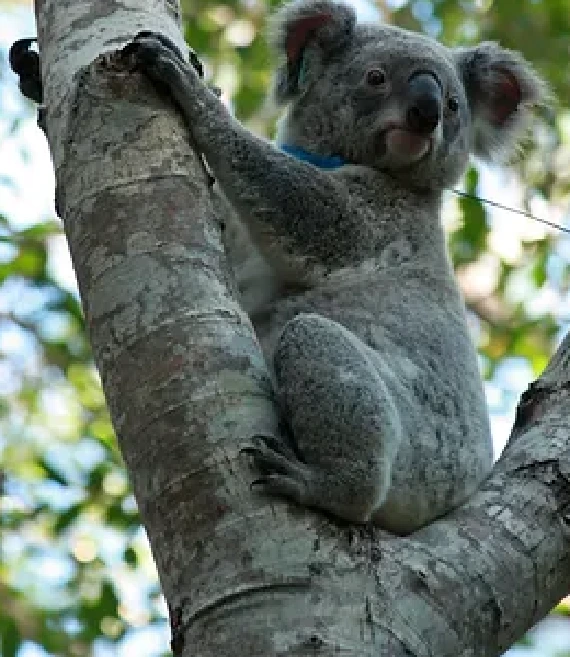
In early 2022, a joint project between the Sunshine Coast Council, the University of the Sunshine Coast(USC) and the Friends of MRBBG was set up to more thoroughly investigate koalas living in MRBBG and the adjacent council owned conservation reserves. The plan had three parts, firstly to fly a drone at night over the approximately 180 hectares of mainly forest, follow up the drone flight the following day with ground searches to locate any koalas detected by the drone, and to photograph and visually health-check the koalas (with binoculars, looking for chlamydia symptoms) and to collect fresh koala scats for later DNA analysis.

In late 2019, Lizzy broke a link in her collar. However some university research from NSW at that time showed that tracking collars were not good for koalas, and it was decided they would no longer be used at MRBBG, so the missing collar was not replaced. Since 2020, Lizzy has been seen at the gardens four or five times, often in the same trees that she was using many years ago. Other koalas have also been seen infrequently.
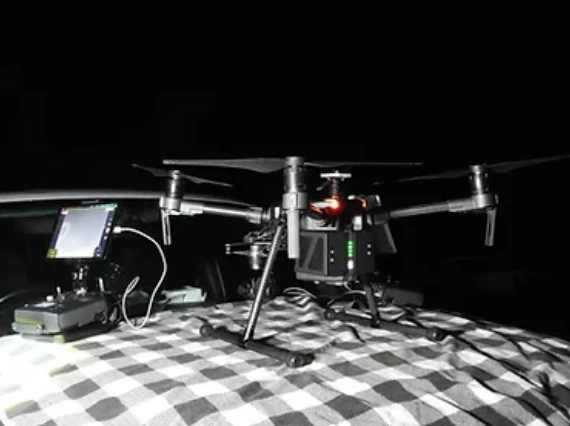
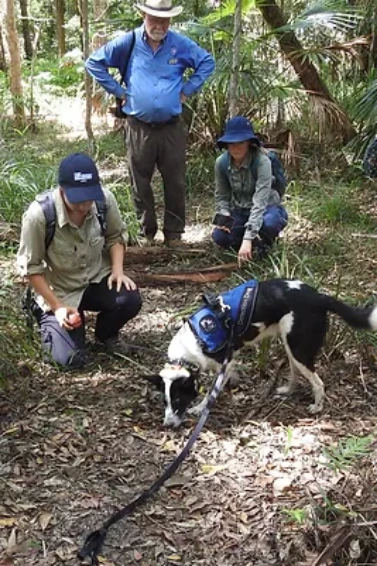
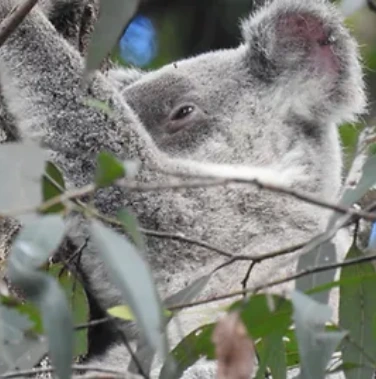
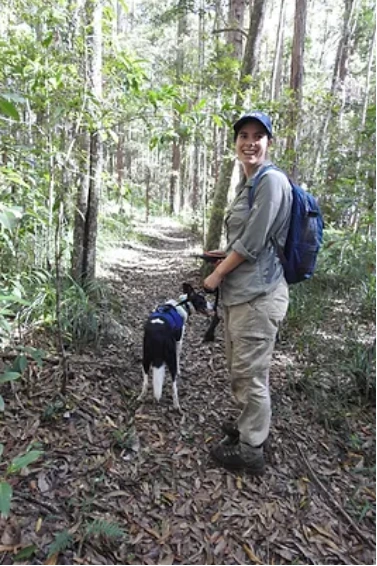
The project was a success, 18 koalas were detected by the drone over the three nights. It was determined that this was in fact 14 individual koalas. The following ground searches (led by the Detection Dog team from USC) located the trees where the koalas were detected the night before, five of the koalas were seen and photographed, but most importantly fresh scats were collected from all 14 locations. When the DNA analysis of these scats is completed (by university researchers), we will know much more about the life, health and family relationships of our koala population.